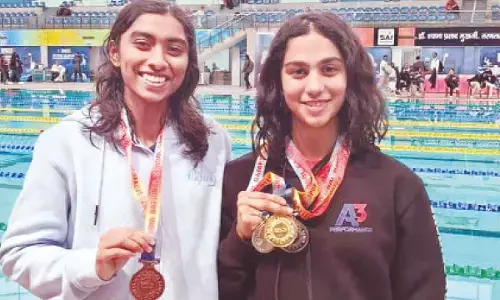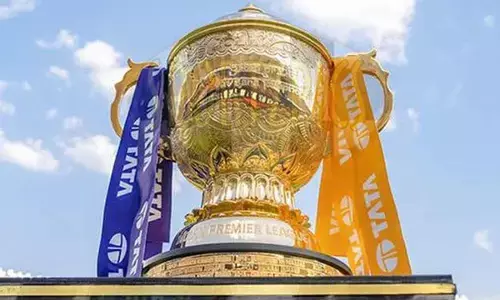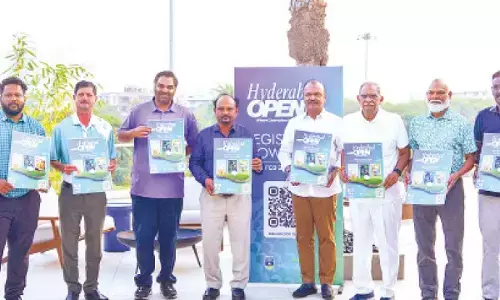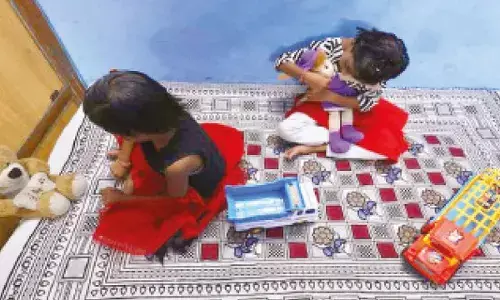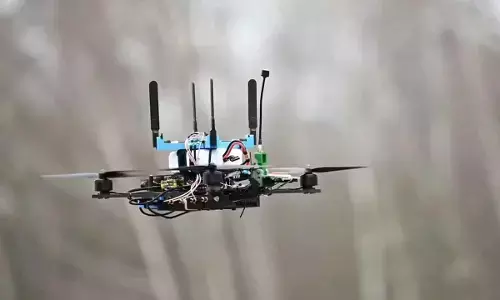Kartarpur: What might follow the goodwill visit

The controversy surrounding Navjot Singh Siddhus pilgrimage to Kartarpur Sahib must have amused President Ram Nath Kovind whose visit to Pakistan in August 2003 as part of a 30member delegation of political leaders and journalists was one of the most highprofile visits in the history of exchanges between the two countries
The controversy surrounding Navjot Singh Siddhu’s pilgrimage to Kartarpur Sahib must have amused President Ram Nath Kovind whose visit to Pakistan in August 2003 as part of a 30-member delegation of political leaders and journalists was one of the most high-profile visits in the history of exchanges between the two countries. Kovind’s fellow BJP comrade in the delegation was Balbir Punj, whose sense of wonder at the warmth and hospitality from the official to the street level was one of the features I remember. Restaurants would offer food gratis, shops would not accept payments from ‘our guests from India’.
Even though the delegation had been invited by the South Asia Free Media Association, President Pervez Musharraf's Foreign Minister Khurshid Mohammad Kasuri was the unmentioned behind the scenes. From the Indian side, the All-Party Goodwill delegation was part of Prime Minister Atal Bihari Vajpayee's push towards tranquilising the Line of Control in Kashmir. That was the period when the two countries moved towards the only feasible arrangement - territorial status quo but movement of people and goods across the line.
The ‘goodwill’ part of the visit was boosted sky high by the sheer presence of Lalu Prasad in the delegation. It became something of a mobile comedy from the moment Lalu was mobbed as soon as he crossed Wagah. Which other leader would create a traffic jam in the middle of a vegetable market comparing prices of potatoes, onions, radish, etc, on both sides of the border - and with complete authority of the rural economy. With his lilting Bihari speech and folksy humour Yadav monopolised prime time TV across the board and front pages of all newspapers without exception.
The BJP duet coped with the Lalu show in ample humour, but the Congress MP from Karnataka, Margaret Alva, was livid. When President Musharraf, fascinated by the Lalu circus, seated him on his right at the banquet, Alva threw a fit. She represented a party with 110 seats, she declared for everyone to hear. "And you have promoted in the seating order the leader of a party with only seven seats in Parliament?" Alva's tandav caught everyone by surprised. Lalu saved the situation by exchanging seats with her. This dramatic act of humility became a cause celebre. Alva's tantrum and Lalu's humility became prime time fare all over again.
The delegation's visit, a huge public relations success, was followed up in January 2004 by Vajpayee himself. Yashwant Sinha, as Foreign Minister was able to issue, not an agreement but only a press statement which contained the crucial commitment: "President Musharraf reassured Prime Minister Vajpayee that he will not permit any territory under Pakistan's control to be used to support terrorism in any manner…"
The contents of the press note had to be tentative in nature. The Pakistan bureaucrat, receiving impulses from Army headquarters, was aware of the gamble involved. General elections were round the corner in India. Pakistan's hesitations would in retrospect appear to be justified: Vajpayee lost the election.
Having travelled with Vajpayee on most of his foreign trips, including his journeys as Minister for External Affairs (1977-80), one observation is unmistakable. For a leader as thoughtful as him, he was often persuaded by his secretariat to undertake foreign initiatives without a careful study of the pros and cons of the proposed visit that the Indian embassy in the country to be visited may have prepared. Sometimes these assessments were made by outstanding ambassadors. The result of underprepared visits was often disastrous. Sometimes the host country was inadequately prepared for a meaningful dialogue.
Take, for instance, Vajpayee's much touted bus journey to Lahore in February 1999. It was never a journey to Lahore. I was in that bus. I should know. Prime Minister Nawaz Sharif and his Information Minister Mushahid Hussain received Vajpayee in the no-man's-land between the two border gates. A helicopter flew the two Prime Ministers to the Government House in Lahore. The Pakistan establishment could not risk driving Vajpayee because of anti-India demonstrations in Lahore organised by the Jamat e Islami. In other words, public opinion in Pakistan had not been prepared for a visit which New Delhi was advertising as "historic".
As a great symbolic gesture of embracing the idea of Pakistan, Vajpayee even visited Minar-e-Pakistan. Jamaat volunteers washed the Minar that afternoon. The official banquet at the Lahore Fort was delayed by hours because demonstrators disrupted the traffic.
There will be great willingness in the present mood in India to blame the disastrous visit on the persistent anti-Indian venom in the Pakistan psyche even at the street level. It would be a flawed conclusion. The moral of the story is that Vajpayee turned up in Lahore with Indian intelligence not having it ears close to the ground on how divided the Pakistan establishment was on the Lahore visit. The visit was in February; Kargil happened in May. Musharraf, the author of Kargil, later had a change of heart. How else does one explain his fruitless visit to Agra in July 2001? Vajpayee's visit in 2004 did not set the Ravi on fire because the hosts knew that Indian elections were due in few months. Islamabad did not quite swallow the "Shining India" pitch.
Vajpayee's visit as External Affairs Minister to China in February 1979 was likewise a casualty of South Block not having heeded words of caution from the embassy in Beijing. When China decided to teach Hanoi ‘a lesson’ and initiated a war without as much as a hint to the Indian External Affairs Minister who happened to be their guest. The next morning the Indian delegation, their faces in the lower mould, caught the passage to Hong Kong and thence to New Delhi.
Kartarpur Sahib was not by any stretch of the imagination a comparable diplomatic initiative. But it does give clues to a post-election look at possibilities that one or other of the coalitions in New Delhi might be tempted to explore. It makes logical sense that the one-party habit of looking at Indo-Pak tension as a useful ploy for vote consolidation would be a matter of the past in the expected era of balancing coalitions.
(Saeed Naqvi - A senior commentator on political and diplomatic affairs, Saeed Naqvi can be contacted at [email protected] . Views expressed are personal)








